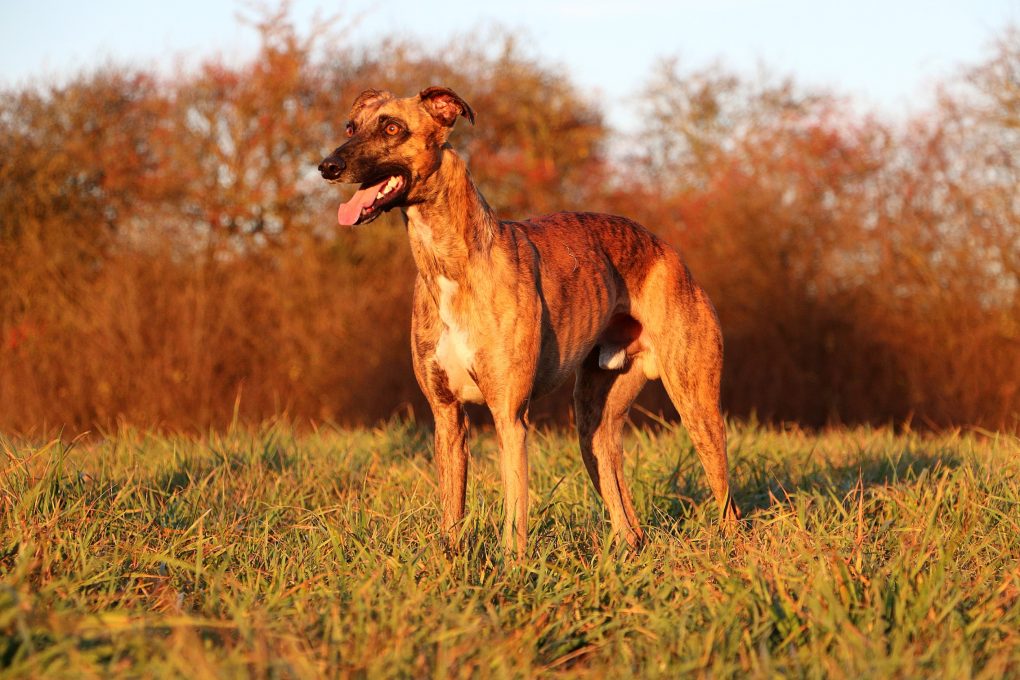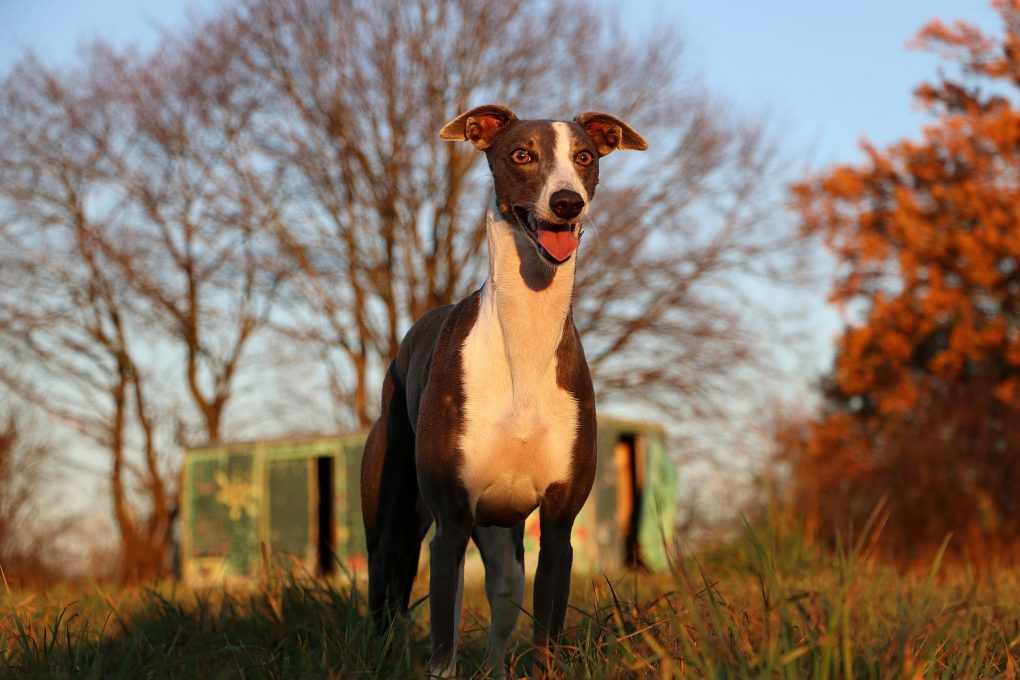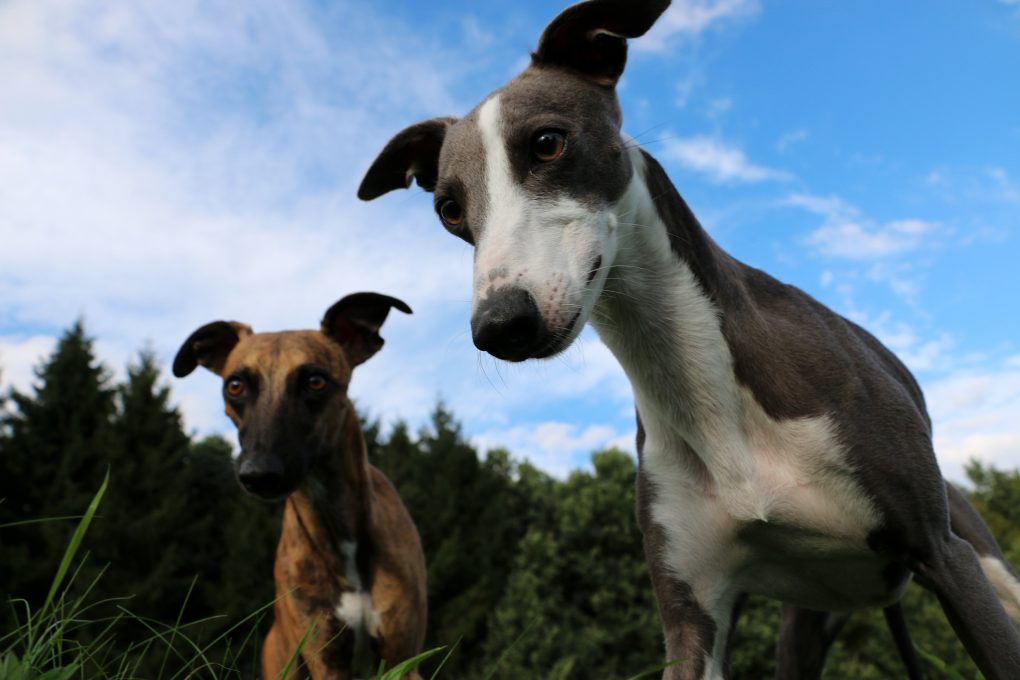Do Whippets Like Long Walk: What You Need to Know When Walking Whippets
Yes, many Whippets enjoy long walks. As an athletic breed, they are built for running and have a lot of energy to burn. Going on long walks can be an excellent way for your Whippet to get exercise, explore their surroundings, and spend time bonding with you. However, it’s important to remember that every dog is unique and has their individual exercise needs.


Table of Contents
Whippets and Walking
Amount of Walk
The amount of walking a Whippet needs can vary based on several factors, including age, health, and overall activity level. Generally, most adult Whippets should have at least one to two daily walks, lasting at least 30 to 60 minutes. However, it’s important to remember that every dog is unique, and some Whippets may require more or less exercise, depending on their needs.
In addition to daily walks, Whippets also benefit from regular opportunities to run and play in a safe, enclosed area, such as a backyard or dog park. Many Whippets have a strong prey drive and enjoy chasing after toys or playing games that involve running and jumping.
Distance
Adult Whippets can typically walk 5-8 miles daily, but this may vary depending on individual factors such as age, weight, and overall health. For example, some Whippets can walk more or less than this distance, depending on their needs.
Whippets can handle long hiking trips, but they may lag on the way back after running for a short distance. This is because whippets are used to sprints of activity but not much of a steady pace. Whippet owners should be aware of this and adjust their walks accordingly.
These dogs have high energy levels and need daily exercise to stay healthy and happy. However, as with any dog breed, whippet owners should watch for signs of fatigue, such as droopy eyes or lack of interest in exercise.
Collar
Martingale collars are designed to tighten around a Whippet’s neck and prevent escape, confirmed with PetConnect Rescue. This is important for sighthounds, known for their speed and agility. Traditional sighthound collars are more comprehensive than regular collars and are comfortable for the dog. They make it easier for Whippets to breathe and move.
Martingale collars are preferred over choke collars, which can damage the Whippet’s delicate neck. A wider collar makes it more difficult for Whippets to free themselves, making them a good choice for walks. When choosing a collar for your beloved Whippet, read about the different types of collars available in this article to find one suitable for you and your dog.
Benefits of Long Walks for Whippets


Physical and Emotional Health
Walking can be a great way to support both your Whippet’s physical and emotional health. Here are some benefits of walking for your Whippet’s physical health:
- Exercise: Walking provides a great form of exercise for your Whippet. Regular exercise can help to maintain a healthy weight, improve cardiovascular health, and promote good muscle tone and strength.
- Joint health: Walking can help to improve your Whippet’s joint health by keeping the muscles and ligaments around the joints strong and flexible. This can help to prevent joint problems such as arthritis.
- Digestive health: Regular walking can help to keep your Whippet’s digestive system healthy by promoting good digestion and preventing constipation.
Here are some benefits of walking for your Whippet’s emotional health:
- Mental stimulation: Walking can provide your Whippet with a lot of mental stimulation by allowing them to explore new sights, sounds, and smells. This can help to prevent boredom and keep your Whippet’s mind engaged.
- Socialization: Walking can provide opportunities for socialization with other dogs and people. This can help to prevent social isolation and promote good social skills.
- Bonding: Walking with your Whippet can be a great bonding opportunity, allowing you to spend quality time together and strengthen your relationship.
- Relaxation: Walking can be a relaxing activity for you and your Whippet. It provides a chance to get out in nature, enjoy the fresh air, and take a break from the stresses of daily life.
Improved Mobility and Joint Function
When walking a whippet, it’s essential to consider their breed-specific traits and needs to improve and maintain their mobility and joint function. Here are some tips:
- Warm-up: Take a few minutes to warm up your Whippet’s muscles and joints before walking. You can do this by gently massaging their legs and stretching them.
- Avoid over-exercising: While whippets are energetic and enjoy exercise, they are also prone to joint issues such as hip dysplasia. Avoid over-exercising your Whippet, and ensure they get plenty of rest between walks.
- Use a harness: Using a harness instead of a collar can help reduce the strain on your Whippet’s neck and spine when walking.
- Watch for signs of discomfort: Watch for signs such as limping or favoring one leg. If you notice these signs, taking a break and allowing your Whippet to rest is essential.
- Build up endurance gradually: If your Whippet is not used to long walks, it’s essential to build up their endurance gradually to avoid putting too much strain on their joints.
Tips for Taking Your Whippet on Long Walks


- Start slow and build up gradually: If your Whippet is not used to long walks, it’s essential to start with short distances and gradually increase the length of your walks. This will help to build up their endurance and prevent injuries.
- Please bring water and snacks: Long walks can be tiring for you and your Whippet, so it’s essential to bring water and snacks to keep both hydrated and energized. You can bring a collapsible bowl, a water bottle for your Whippet, and some high-energy snacks for both of you.
- Use a harness and leash: When taking your Whippet on long walks, it’s essential to use a harness and leash to keep them under control and prevent them from running off. A harness can also help to reduce the strain on your Whippet’s neck and spine.
- Take breaks: It’s essential to take breaks during long walks to allow your Whippet to rest and recover. Find a shaded area or a bench where your Whippet can relax and catch their breath.
- Pay attention to your Whippet’s body language: Keep an eye on your Whippet’s body language during long walks. If they start to slow down, pant excessively, or show signs of fatigue, it’s time to take a break or head back home.
